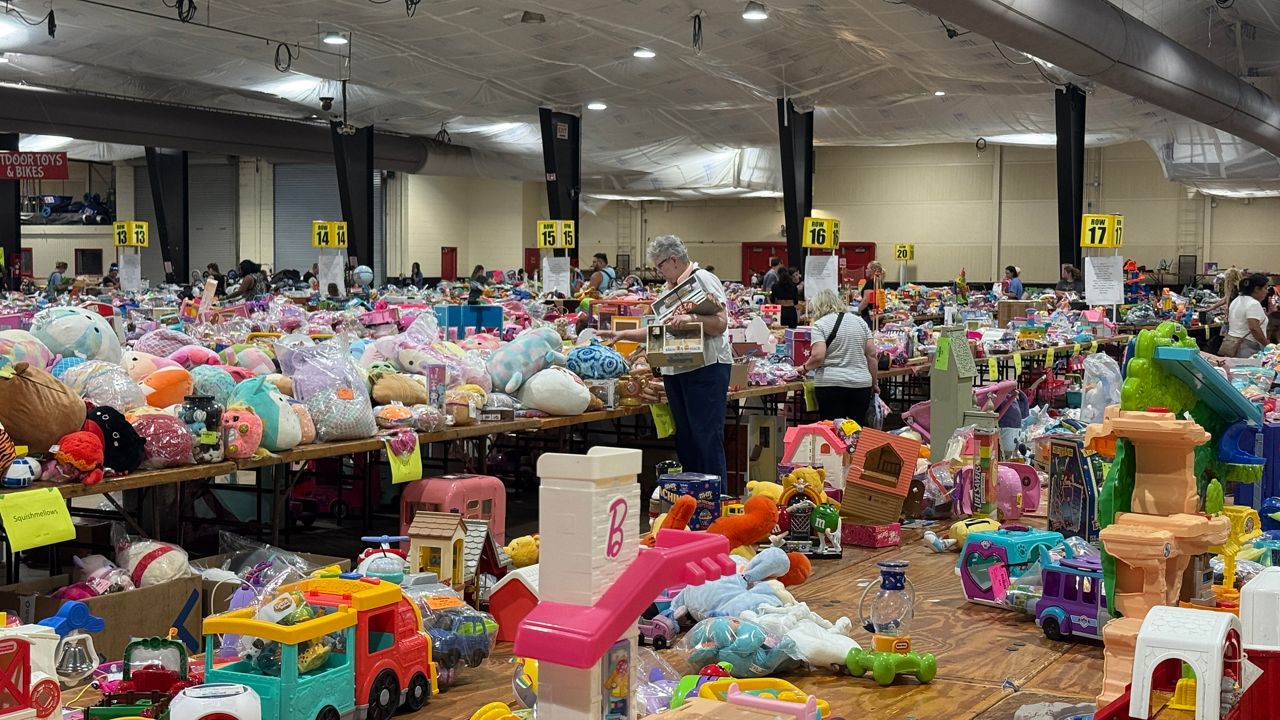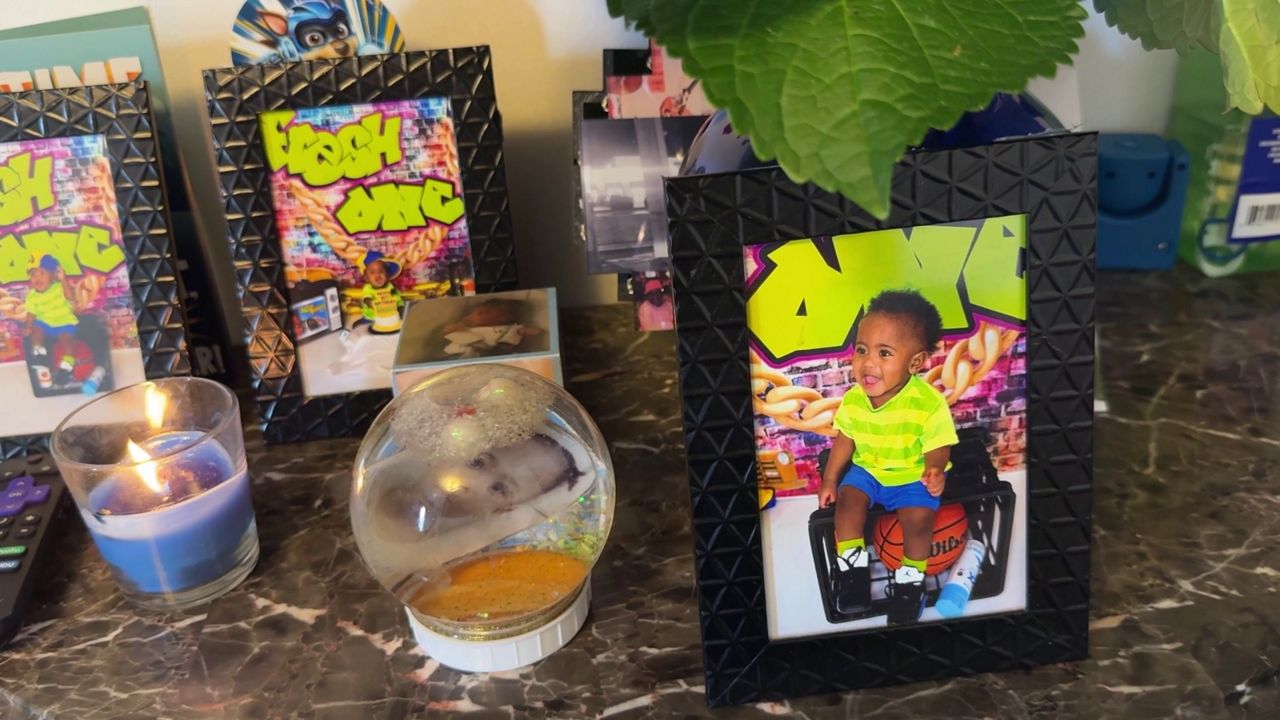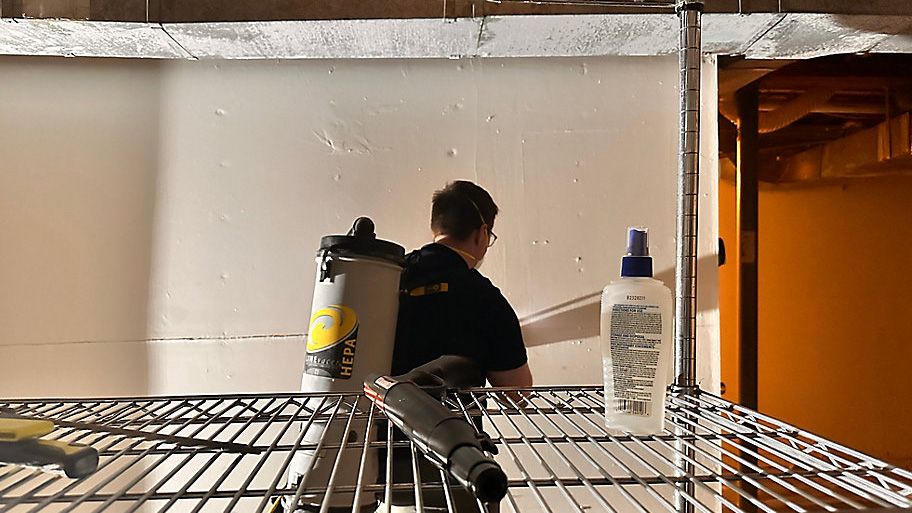RALEIGH, N.C. – Bananas are the world's most popular fruit, but an untreatable fungus is threatening to destroy most of the world’s crop, according to the U.S. Department of Agriculture.
Found in lunch boxes and snack bowls all over the world, the Cavendish banana is the most popular fruit and one of the most nutritious. But it’s facing extinction from what’s recognized as one of the most aggressive and destructive diseases in agriculture — Fusarium TR4. It lives in the soil and infects the circulatory system of banana plants, rotting them from the inside out.
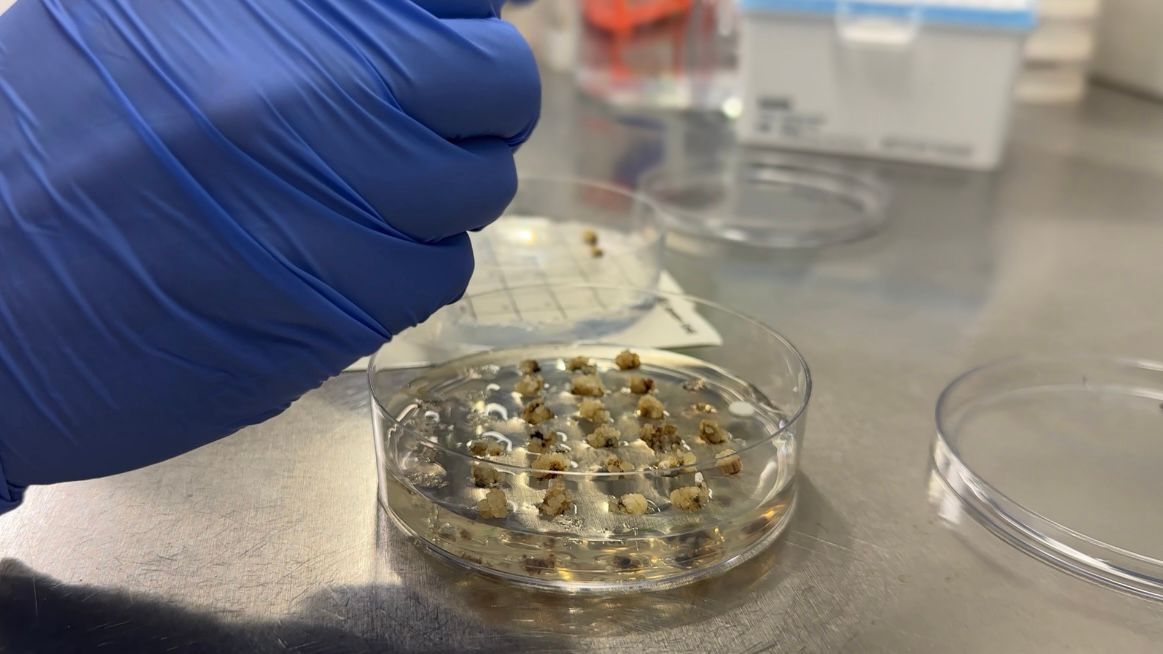
“We need to give nature a little help here, it can't do it all on its own on the timetable that it needs to happen,” said Todd Rands, the CEO of Elo Life Systems.
Elo, a company based in Raleigh, is working to save the banana through gene editing. Elo has been hired by Dole to build a disease-resistant banana plant.
“With a lot of precision, we can go in and guide the scissors to exactly the place we need to make an edit in the gene so that the resistance can emerge instead of the banana that dies with the fungus,” Rands said. “We're challenging these plants with way more fungus than they'll ever see in nature.”
Rands is a self-proclaimed science geek who fell in love with biotech. In the past three years his team has created two different types of banana strains that fight the fungus.
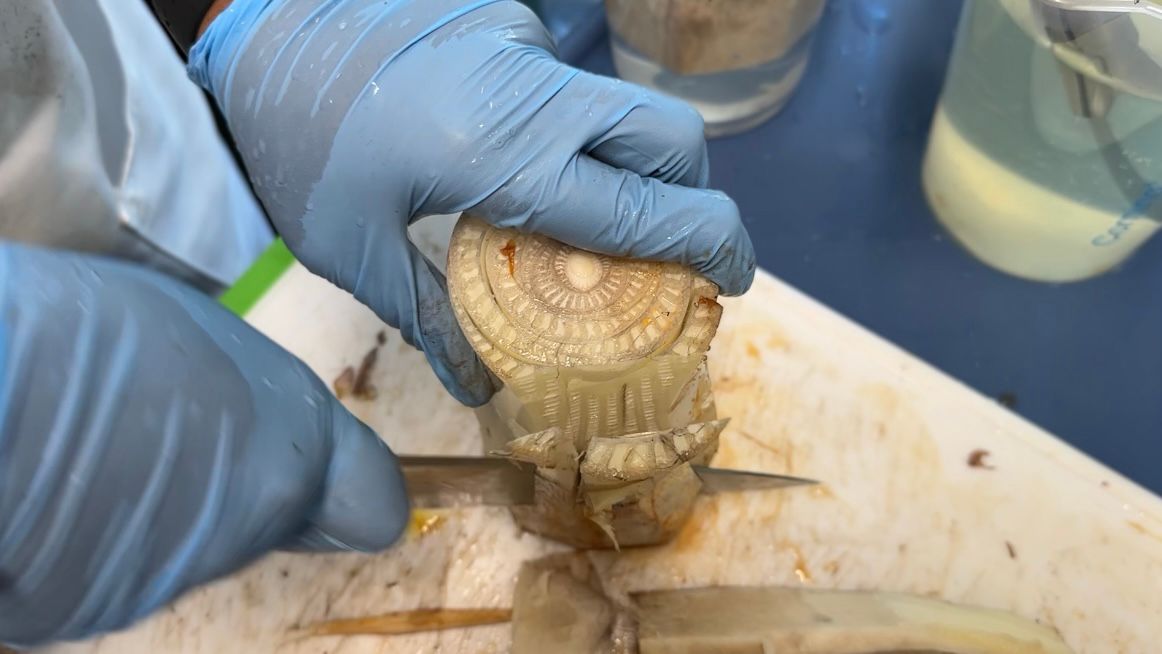
No pesticides have been able to control the spread. It’s torn through Asia, the Middle East, China and now found its way to the last place bananas can grow, South America.
“As people flee countries in Asia or South America and move to other parts of other countries, they bring this fungus with them. They literally track it with them on their shoes,” Rands said. “They're trying really hard to limit its spread in those remaining countries. They're putting in all sorts of protocols to quarantine and keep it out. But even with all of their best efforts, they're starting to find it in various countries of South America. And once you find it, it's too late.”
Elo was brought onto the scene in 2020 to join researchers around the world in the race for a cure.
“We know how existential this threat is, and time is running out,” Rands said. “We don't have the luxury of just taking another decade to figure this out. We need something today.”
Realistically the banana has just years left if they don’t find a solution. Elo is confident they have a disease-resistant plant, but in order for it to be truly successful they need to know those plants are able to produce fruit at commercial levels.
“You start to understand that this isn't just about helping food and grocery stores, but it's helping growers in those poor countries continue to be productive and to have the means to support their families,” Rands said. “I'm excited. I'm incredibly optimistic, more so than I've ever been, that we're onto the solution.”







)
